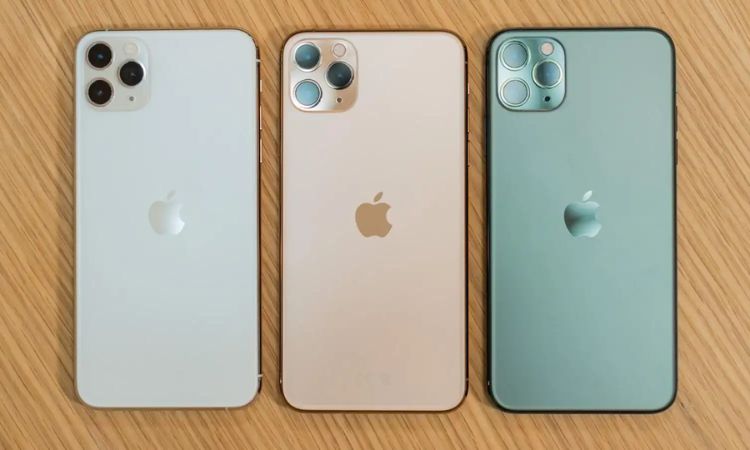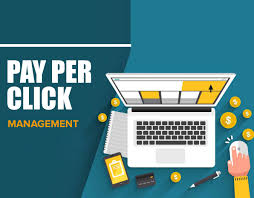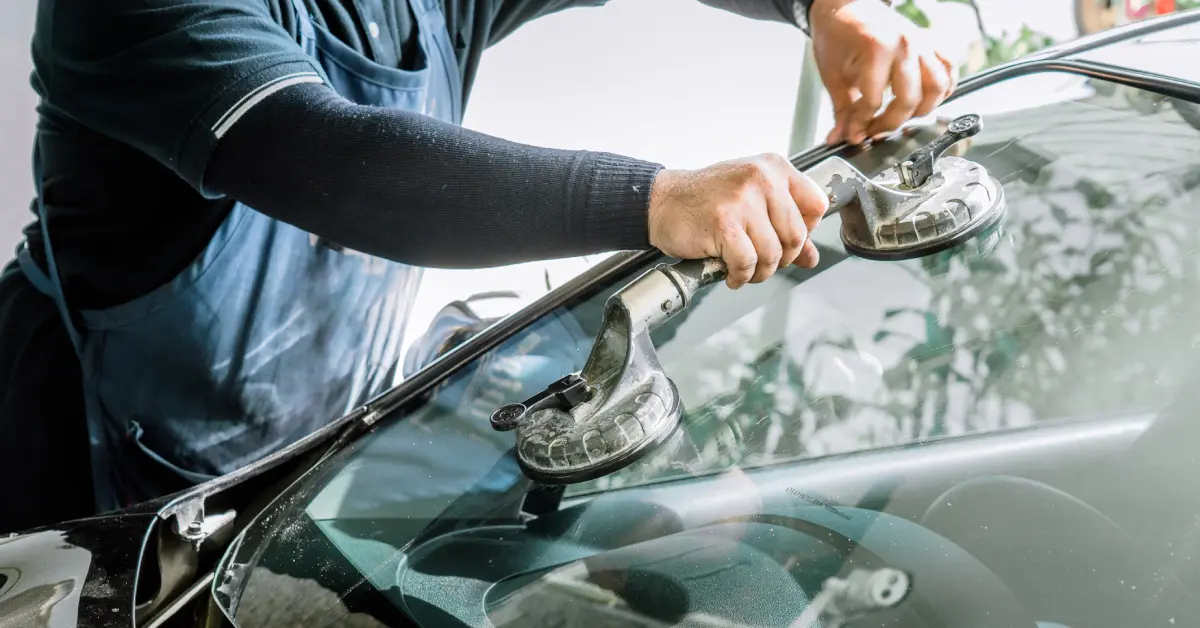Let’s be honest—Australians love their iPhones. Walk down any street in Sydney or Melbourne, and you’ll spot the familiar Apple logo everywhere. But here’s something most people don’t talk about: you don’t need to drop $2,000 on a brand-new device to get that premium iPhone experience. The refurbished market has matured dramatically, and if you’re not considering it for your next upgrade, you’re potentially leaving serious money on the table.
I’ve spent years analysing consumer technology trends, and the shift towards certified pre-owned devices represents one of the most significant changes in how Australians approach tech purchases. When you buy refurbished iPhone Australia, you’re not settling for second-best—you’re making a financially savvy decision that delivers the same functionality at a fraction of the cost. The stigma that once surrounded refurbished electronics has evaporated, replaced by an understanding that quality refurbishment processes can restore devices to near-mint condition.
The Australian market offers particularly compelling options right now. Whether you’re eyeing a refurbished iPhone 12/13/SE Australia model or considering the latest releases, certified refurbished devices provide an entry point into Apple’s ecosystem without the eye-watering price tag. Recent market data shows that refurbished iPhone sales in Australia have jumped 47% year-on-year, signalling a fundamental shift in consumer attitudes towards pre-owned technology.
The Economics Make Perfect Sense
Here’s what nobody tells you about new iPhones: they depreciate faster than a new car driven off the lot. A brand-new iPhone loses approximately 20-30% of its value within the first year. That’s mental when you think about it. You’re essentially paying a premium for that new-device smell and unboxing experience.
Refurbished iPhones, conversely, have already experienced their steepest depreciation curve. You’re buying at a point where the price-to-performance ratio is optimised. A professionally refurbished iPhone 13, for instance, costs roughly 40-60% less than its original retail price whilst delivering identical performance. The hardware is the same. The camera takes the same brilliant photos. The processor runs just as fast.
The financial argument becomes even stronger when you consider the total cost of ownership. Australians upgrade their phones every 2-3 years on average. If you’re paying full price each time, you’re spending an extra $800-1,200 per upgrade cycle compared to choosing refurbished. Over a decade, that’s enough money for a decent holiday or a substantial contribution to your savings.
What Actually Happens During Professional Refurbishment
The refurbishment process isn’t just about wiping the device and reselling it. Reputable refurbishers follow rigorous protocols that would surprise most consumers. Each device undergoes comprehensive diagnostic testing—we’re talking about 50+ individual checkpoints that examine everything from battery health to face recognition accuracy.
Components that don’t meet strict performance standards get replaced. This typically includes the battery (which often receives a brand-new one), the screen if there’s any imperfection, and any malfunctioning buttons or ports. The exterior gets refinished to remove scratches and scuffs. What emerges is a device that’s been professionally restored to meet specific quality benchmarks.
Australian Consumer Law provides additional protection here. Refurbished devices sold by certified retailers must meet the same safety and quality standards as new products. You’re covered by statutory guarantees that ensure the device is fit for purpose and of acceptable quality. This legal framework transforms refurbished purchases from risky gambles into legitimate alternatives with proper consumer protections.
The Environmental Angle You Can’t Ignore
Electronic waste represents one of the fastest-growing waste streams globally. Australia generates approximately 200,000 tonnes of e-waste annually, and much of it ends up in landfill despite containing valuable recoverable materials. Every new iPhone requires mining rare earth elements, manufacturing components across multiple countries, and significant energy consumption during production.
Choosing a refurbished iPhone directly reduces demand for new manufacturing. The environmental savings are substantial: manufacturing a new smartphone generates approximately 70kg of CO2 emissions. By opting for refurbished, you’re effectively eliminating those emissions from your technology footprint. The device already exists—extending its useful life represents the most environmentally responsible choice.
Beyond carbon emissions, smartphone production consumes massive quantities of water and generates toxic waste from mining operations. Communities near coltan mines (essential for phone capacitors) face environmental degradation and health risks. When you extend a device’s lifecycle through refurbishment, you’re reducing the pressure driving these extractive processes.
Debunking Common Refurbished Myths
Let’s address the elephant in the room: quality concerns. Many Australians remain hesitant about refurbished devices because they associate “used” with “unreliable.” This perception doesn’t match reality when dealing with certified refurbishment programmes.
Premium refurbished iPhones come with warranties ranging from 6-12 months, comparable to what you’d receive with a new device. Some refurbishers offer extended warranty options that actually exceed Apple’s standard coverage. If something goes wrong, you’re protected—just like you would be with a new purchase.
Battery life concerns? Valid question. Reputable refurbishers replace batteries that don’t meet minimum capacity thresholds (typically 80% of original capacity). Many install completely new batteries as standard practice. You’re getting fresh battery life, not someone’s degraded cell that barely survives until lunch.
Cosmetic condition varies by grade, but premium-grade refurbished devices are indistinguishable from new in most cases. Minor cosmetic variations in lower grades are clearly disclosed upfront, allowing you to make informed decisions based on your priorities. If you’re slapping a case on it anyway (and let’s be real, who doesn’t?), minor back-panel imperfections become utterly irrelevant.
Where to Buy and What to Look For
Not all refurbished iPhones are created equal. The source matters enormously. Apple’s own Certified Refurbished programme sets the gold standard, offering devices that have been refurbished by Apple technicians using genuine parts. These come with a full one-year warranty and are essentially indistinguishable from new products.
Certified third-party refurbishers in Australia also provide excellent options, often at even better prices than Apple’s programme. Look for businesses that clearly disclose their refurbishment process, offer comprehensive warranties, and provide detailed grading systems explaining the device’s condition. Transparency is your best indicator of legitimacy.
Australian retailers worth considering include established electronics chains with dedicated refurbishment divisions and specialised online refurbishment platforms. Check reviews specifically mentioning warranty claims and customer service responsiveness. How a company handles problems tells you more than their marketing materials ever will.
Avoid marketplace sellers without verifiable refurbishment credentials. Private sellers on classified sites might offer lower prices, but you’re sacrificing warranty coverage, quality assurance, and consumer law protections. The savings rarely justify the increased risk.
Making the Smart Choice for Your Needs
The best refurbished iPhone for you depends on your specific requirements. Heavy photographers and video creators benefit from the multiple camera systems in iPhone 12 Pro models and later. Casual users find the iPhone SE delivers everything they need at the lowest price point. The iPhone 13 represents a sweet spot—powerful enough for demanding tasks yet priced considerably below newer models.
Consider your typical upgrade cycle. If you upgrade every two years, buying refurbished makes even more sense because you’re reducing per-year costs whilst maintaining access to relatively current technology. You can upgrade more frequently for the same total expenditure, or maintain your upgrade schedule whilst pocketing significant savings.
Think about features you actually use versus marketing hype. Most users don’t need the absolute latest processor or marginal camera improvements. The iPhone 11, still available refurbished at excellent prices, handles everyday tasks beautifully. Unless you’re doing processor-intensive work or require cutting-edge computational photography, year-old or two-year-old models deliver virtually identical experiences.
More info: https://valuegadgets.com.au/collections/refurbished-mobile-phones/
The Future of Refurbished Technology
The refurbished market is maturing rapidly. Manufacturers increasingly recognise circular economy benefits and consumer demand for sustainable options. Apple’s investment in refurbishment facilities and recycling technology signals industry acknowledgment that device longevity matters.
Regulatory pressure is pushing manufacturers toward repairability and longer device support. The European Union’s right-to-repair legislation influences global practices, making devices easier to refurbish and maintain. Australia is watching these developments closely, with consumer advocates pushing for similar protections domestically.
This trend benefits consumers directly. Increased refurbishment quality, longer software support periods, and growing acceptance of pre-owned devices create a virtuous cycle. More people choosing refurbished means better infrastructure, more competitive pricing, and improved service standards across the industry.
Your Next Steps
If you’re considering a refurbished iPhone, start by identifying your must-have features versus nice-to-haves. Research current refurbished pricing for models meeting your requirements. Compare warranty terms and return policies across different sellers. Read recent customer reviews focusing on post-purchase experiences.
Don’t rush. The refurbished market isn’t going anywhere, and prices remain relatively stable. Take time to understand grading systems and what different cosmetic conditions actually mean. Many people discover they’re perfectly happy with “good” condition devices that cost significantly less than “excellent” grades.
Calculate your actual savings compared to new devices. Factor in opportunity costs—what else could you do with that money? A $600 saving represents a solid emergency fund contribution, investment seed money, or funding for experiences that create lasting memories.
The refurbished iPhone market represents practical consumer empowerment. You’re getting premium technology at reasonable prices whilst reducing environmental impact. That’s not a compromise—it’s a smarter way to approach technology consumption in 2025. Australian consumers are catching on, and the numbers suggest this shift is accelerating. The question isn’t whether refurbished makes sense; it’s whether you’re ready to make the intelligent choice for your next upgrade.


